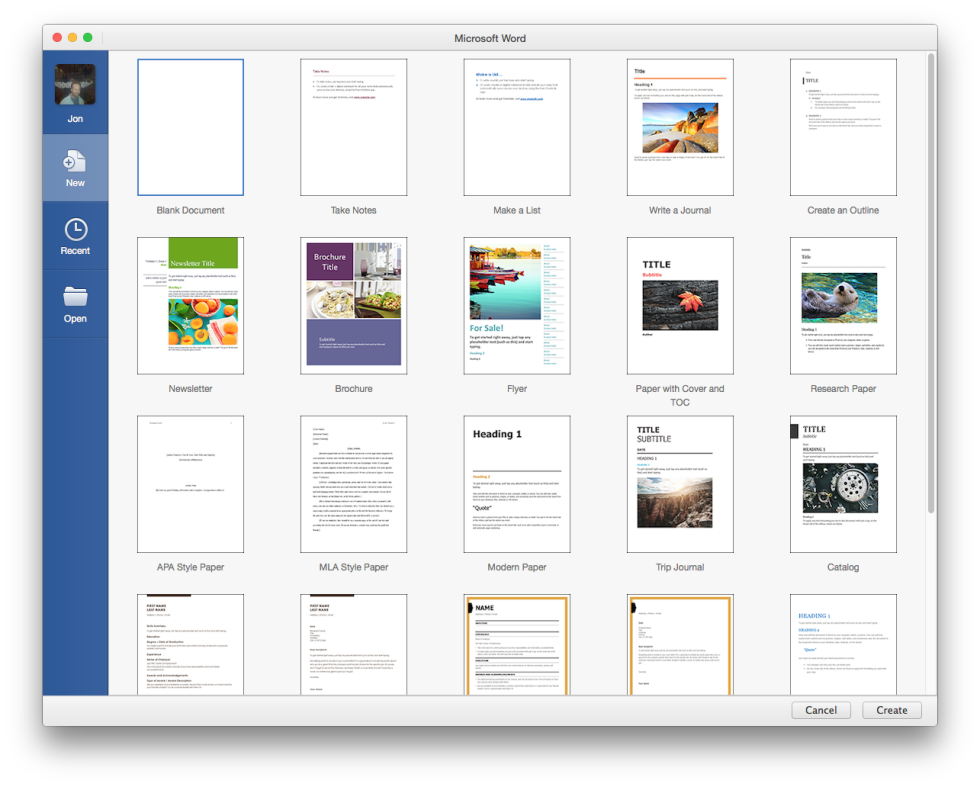


This behavior should be similar in Windows as well.įor example: Whenever I attach my MacBook to an external video source, say a Vizio television, I typically end up using Apple's mini-DVI to VGA adapter.

In other words, I do not think that what you are looking for is a PowerPoint feature per se. This is the same behavior you see on a MacBook when you extend your desktop via an external monitor. Note that you can select as many rows as you want, but you MUST include the first row of the table for this to work.Per suggestion: The way I have seen a presenter switch to an application away from PowerPoint without being displayed on the presentation video output is to do it on a separate screen when you extend your desktop via a projector. This means that multiple rows from the top of your table will repeat on each page. If you want to configure more than one row as the heading for your table, simply select the first row and any additional rows, then repeat the steps above. Note that you can choose more than one row in your table. You may want to add extra rows to the table just to be sure. Be aware that you won't notice any difference to your table if the table doesn't currently span more than one page.Select the option to Repeat as header row at the top of each page.In the Table Properties screen, click the Row tab if it is not already selected.Right-click inside the first row of the table and choose Table Properties.To configure the first row of your table to repeat on each page, follow these steps: This is the row that should appear on each page the table appears on. This lesson assumes you have already created a table in Microsoft Word, and formatted the first row as the heading for the table. Configure the headings row of a Microsoft Word table to repeat on every page This lesson applies to tables in Microsoft Word 2010 for Windows and Word 2011 for Mac (as well as Word 2007 for Windows). In this lesson you'll learn how to configure one or more rows of your table to repeat at the top of the page for every page on which your table appears.

When you create a large table in Microsoft Word that spans multiple pages, you'll find on the second and subsequent pages that the table headings don't repeat.


 0 kommentar(er)
0 kommentar(er)
